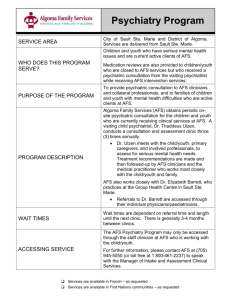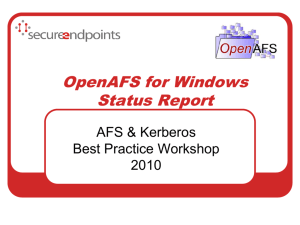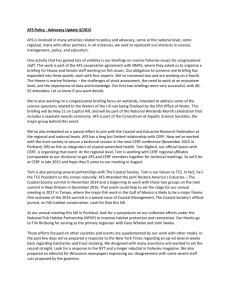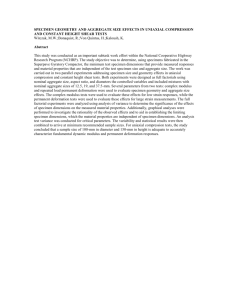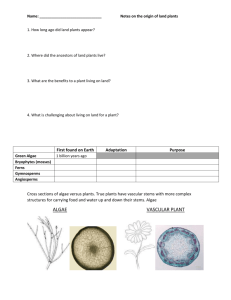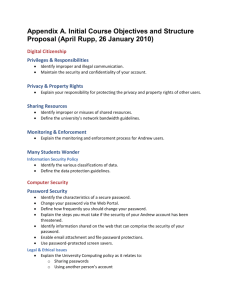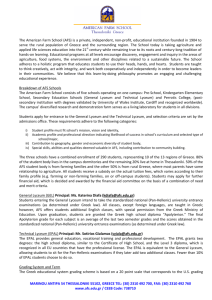Risk assessment form for blood and other human
advertisement
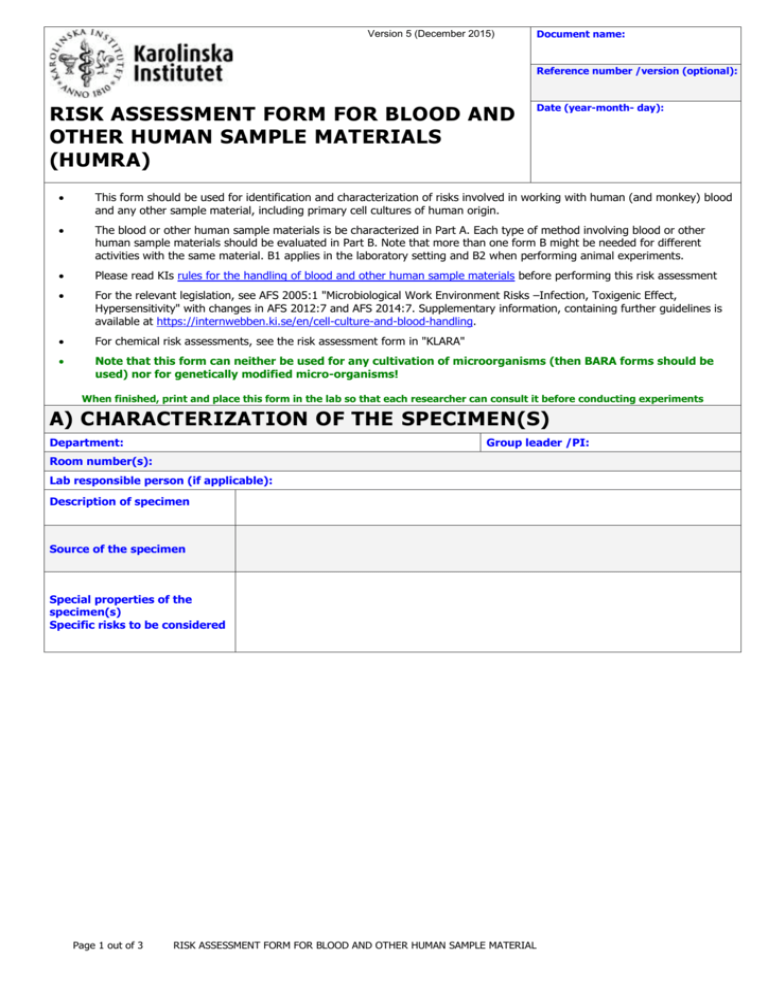
Version 5 (December 2015) Document name: Reference number /version (optional): RISK ASSESSMENT FORM FOR BLOOD AND OTHER HUMAN SAMPLE MATERIALS (HUMRA) Date (year-month- day): This form should be used for identification and characterization of risks involved in working with human (and monkey) blood and any other sample material, including primary cell cultures of human origin. The blood or other human sample materials is be characterized in Part A. Each type of method involving blood or other human sample materials should be evaluated in Part B. Note that more than one form B might be needed for different activities with the same material. B1 applies in the laboratory setting and B2 when performing animal experiments. Please read KIs rules for the handling of blood and other human sample materials before performing this risk assessment For the relevant legislation, see AFS 2005:1 "Microbiological Work Environment Risks –Infection, Toxigenic Effect, Hypersensitivity" with changes in AFS 2012:7 and AFS 2014:7. Supplementary information, containing further guidelines is available at https://internwebben.ki.se/en/cell-culture-and-blood-handling. For chemical risk assessments, see the risk assessment form in "KLARA" Note that this form can neither be used for any cultivation of microorganisms (then BARA forms should be used) nor for genetically modified micro-organisms! When finished, print and place this form in the lab so that each researcher can consult it before conducting experiments A) CHARACTERIZATION OF THE SPECIMEN(S) Department: Group leader /PI: Room number(s): Lab responsible person (if applicable): Description of specimen Source of the specimen Special properties of the specimen(s) Specific risks to be considered Page 1 out of 3 RISK ASSESSMENT FORM FOR BLOOD AND OTHER HUMAN SAMPLE MATERIAL Reference number /version (optional): B1) - LABORATORY WORK General description of the work Method description(s) including type of work (cultivation etc.): Please elaborate Which part(s) of the handling possesses the highest risk of infection (e.g. propagation, sonication, centrifugation, use of needles)? Safety procedures to minimize the risk of laboratory infections: e.g. how to avoid splashes and sharp objects Handling procedures for the specimen: Protective gloves Specification of gloves: During the whole method. During parts of the method, which part(s)? Protective clothing Please specify: Splash protection Please specify (e.g. face shield, standing shield, googles): During the whole method. During parts of the method, which part(s)? Work in a biological safety cabinet1 Class 1 During the whole method. Class 2 During the whole method. During parts of the method, which part(s)? During parts of the method, which? Other, please elaborate: Does the method involve hazardous chemicals1 (including isotopes)? Liquid waste. Please specify type of liquid waste generated How is liquid waste handled? Does it contain mixed sources e.g. antibiotics/chemicals that need special considerations?1 Solid waste. Please specify type of solid waste generated. How is solid waste handled?1 No Yes, which? , which risk statements? Does the handling of dangerous chemicals need a separate risk assessment? If yes; name of the risk assessment: No Yes, which? , how should this be handled? Suitable disinfection method of lab area/biosafety cabinet. Requirements for the laboratory. Are all personnel working in this lab vaccinated against Hepatitis B? If other relevant immunization is available, are all personnel working in this lab vaccinated? Yes No. Why: Yes No. Why: Emergency procedures (in case of accident, spill, theft etc.) Name and phone number of contact person (in case of accident): 1 Risk statements for dangerous chemicals can be retrieved from the MSDS (material safety data sheet) section 15 or from the bottle/container. KIs rules for laboratory waste management and emissions of chemicals into wastewater can be found at the KI homepage https://internwebben.ki.se/sites/default/files/avfall_avlopp_en_20120604.pdf including rules on how to deactivate antibiotics. Page 2 out of 3 RISK ASSESSMENT FORM FOR BLOOD AND OTHER HUMAN SAMPLE MATERIAL Who is in charge of inventory control (mandatory)? Laboratory work follows Good Microbiologal Praxis2? How many employees are performing the experiments (or otherwise involved)? Are all employees educated in the risks of infection and routes of transmission? Yes No, why not? Are there employees needing special consideration? E.g. pregnant employees, dish washing personnel, cleaners, and service personnel. Handling and safety instructions available?3 Yes, which? No, why? Other information: Name in print. Note! it is recommended that more than one person evaluates the organism and the risks Group leader, signature. This form was composed by the Biosafety Committee at KI. If you have further questions, please read more at https://internwebben.ki.se/en/biosafety, or send an e-mail to Biosakerhet@ki.se 2 For definition of God Microbiological Praxis, please see AFS 2005:1 with changes in AFS 2012:7 and AFS 2014:7 §24 An example of what must be included in the written instructions can be found at the end of the document “Rules for the handling of blood and other human sample materials” 3 Page 3 out of 3 RISK ASSESSMENT FORM FOR BLOOD AND OTHER HUMAN SAMPLE MATERIAL



